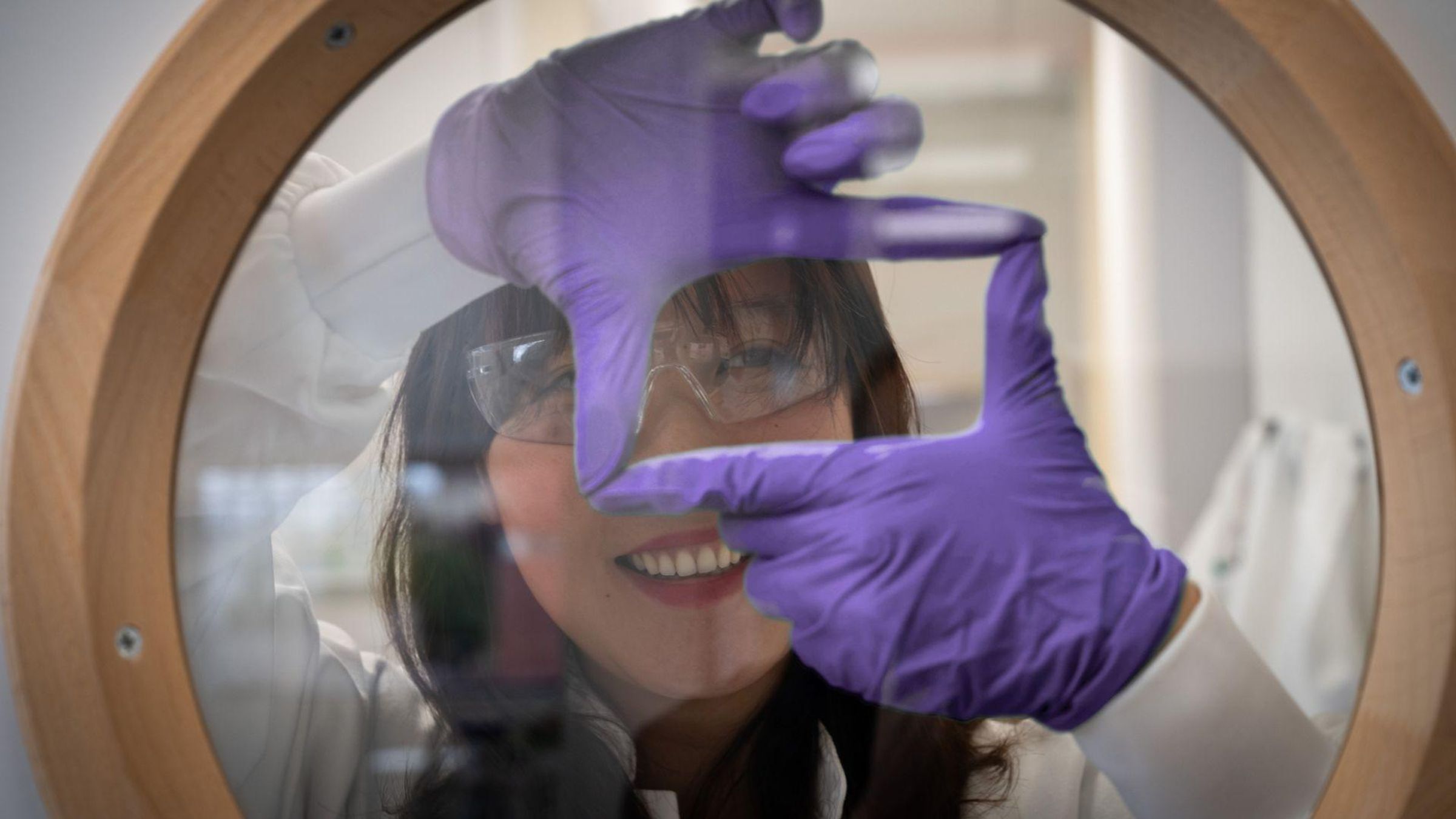Leading in the Advancement of Patient- and Provider-Centric Care in Oncology

Hundreds of thousands of people around the world every year face diagnoses of difficult-to-treat cancers that require intravenous infusions (IV) or manual subcutaneous injections to address 1. While these treatment delivery methods are well-established, they are a part of a journey that remains burdensome despite recent advances. The reality for many living with cancer is marked by these time-consuming methods of administration, which can place a considerable strain on their lives, their caregivers, and their care teams.2
At Sanofi, we recognize the impact – physical, emotional, and mental – IV or manual subcutaneous treatments can place on patients and their care teams, and this fuels our commitment to put the patients and providers at the center of scientific innovation with the goal of improving outcomes while reducing this burden.
Advancing Research to Ease the Burden
Focused on Sanofi’s determination to chase the miracles of science to improve the lives of those living with cancer, we are pioneering research into harnessing the potential of on-body injectors (OBI) -- a novel administration method designed to administer high-volume medicines subcutaneously without the manual effort involved in traditional methods – in the treatment of cancer. Rather than pressing a syringe, an OBI, also referred to as on-body delivery system (OBDS), sits directly on the body and administers therapy with the push of a button.
In comparison to traditional high-volume subcutaneous injections, OBIs offer a hidden, thinner and retractable needle, shortening administration time compared to IV infusions, potentially helping to enhance comfort and reduce anxiety while also freeing up nurses to attend to other critical care tasks while monitoring the patient during treatment.3 Because of these features, administering treatment through an OBI may also reduce feelings of emotional strain for patients and physical strain for nurses that can present with manual subcutaneous injection.3

Real-World Impact and Applications of OBI Research
While continued research is needed to understand the role technology like an OBI could play in the future of cancer care, a number of surveys of healthcare providers underscore its potential to reduce the treatment burden in the clinical setting.
According to a survey of nurses conducted by an OBI manufacturer, 97.8% noted they would prefer an OBI to a syringe or syringe pumps currently used for multiple myeloma treatment – citing the OBI’s hidden needle mechanism and potential to reduce the physical burden of administration they face with manual injections as key considerations for this preference. The majority of nurses also recognized the potential of an OBI to improve clinical efficiency better than syringes,3 which may reduce strain and allow them to treat more patients.
Beyond nurses, pharmacists also preferred OBIs. A recent survey by the same manufacturer showed 100% of participants believed that an on-body injector could improve efficiency, and that preparation could potentially eliminate needlestick injuries.4
97.8%
100%
95.6%
100%
An Ongoing Commitment to the Delivery of Cancer Treatment
There is still much work ahead to bring OBIs to the oncology treatment landscape and the people most impacted by cancer. But our commitment to addressing the treatment burden is steadfast. In the meantime, we are continuing to explore innovative solutions to address other challenges along the treatment journey and advance patient- and provider-centered research that may one day make a meaningful difference for patients and their care teams. Through this work, each day brings us one step closer to our goal of extending lives, easing the burden and restoring hope to those impacted by cancer.
Explore More
Oncology R&D
MMoving Forward: Sparking Change in Multiple Myeloma
References
- World Health Organization. Multiple Myeloma. 35-multiple-myeloma-fact-sheet.pdf (who.int). Accessed April 2025.
- Stoner, K.L., Harder, H., Fallowfield, L.J. et al. Intravenous versus Subcutaneous Drug Administration. Which Do Patients Prefer? A Systematic Review. Patient 8, 145–153 (2015). https://doi.org/10.1007/s40271-014-0075-y
- Desai, M., Faiman, B., Gorski, L. A., Miles, A., Sterlin, V., & Curry, N. (2025). Evaluating nurse preferences for a novel on-body delivery system vs. manual syringes for large-volume subcutaneous drug administration: a survey study. Drug Delivery, 32(1). https://doi.org/10.1080/10717544.2025.2484278. Disclosure: This study was funded and authored by an OBI manufacturer.
- Desai M, Blewett M, Yaniv A, et al. Evaluating pharmacist preferences: Preparation of a novel on-body delivery system vs. high-resistance, manual syringes for large-volume subcutaneous drugs. Journal of Oncology Pharmacy Practice. 2025;0(0). doi:10.1177/10781552251326574. Disclosure: This study was funded and authored by an OBI manufacturer.


